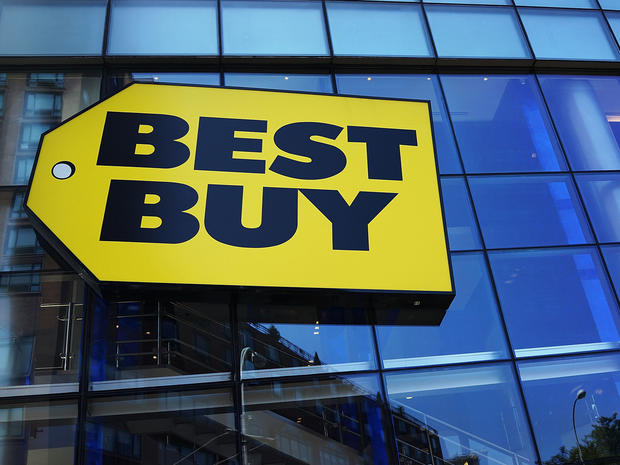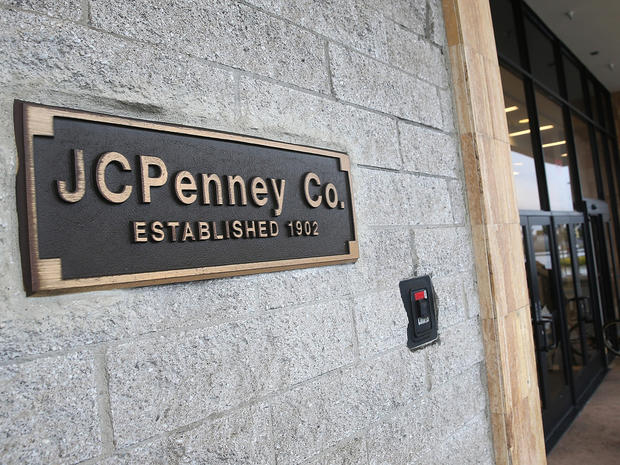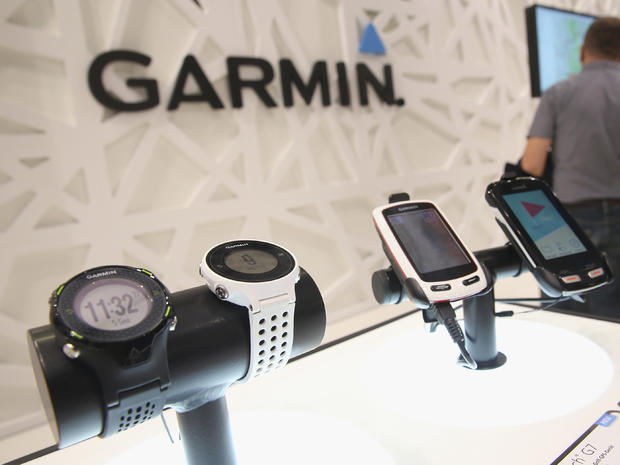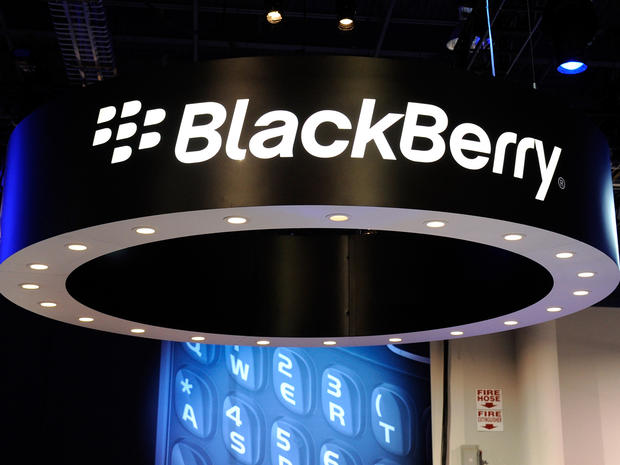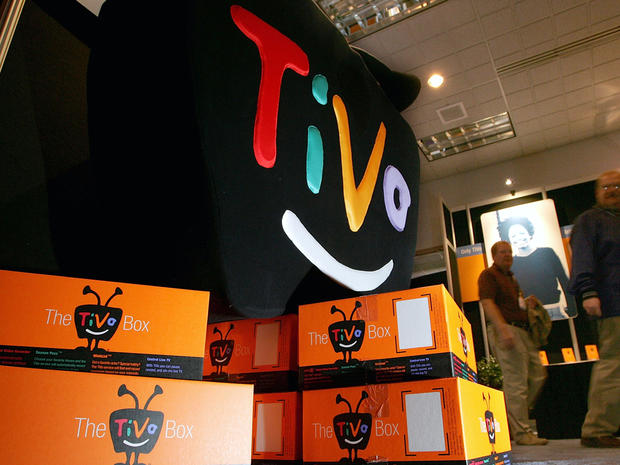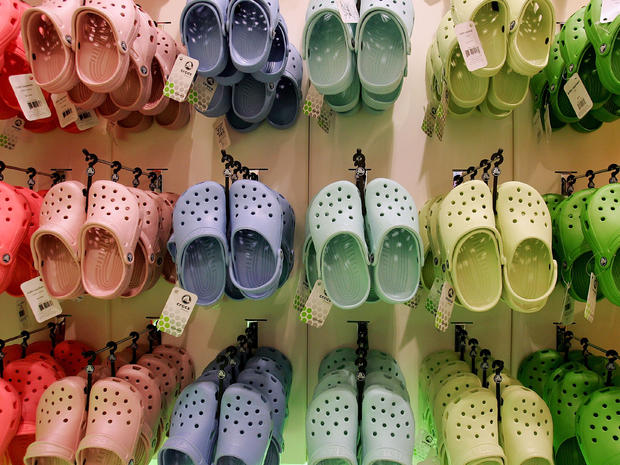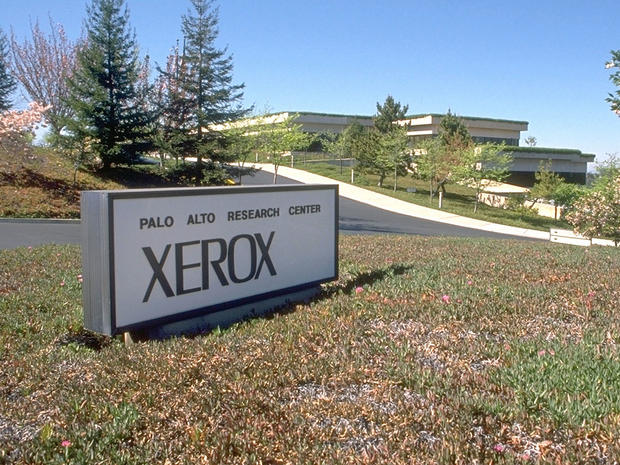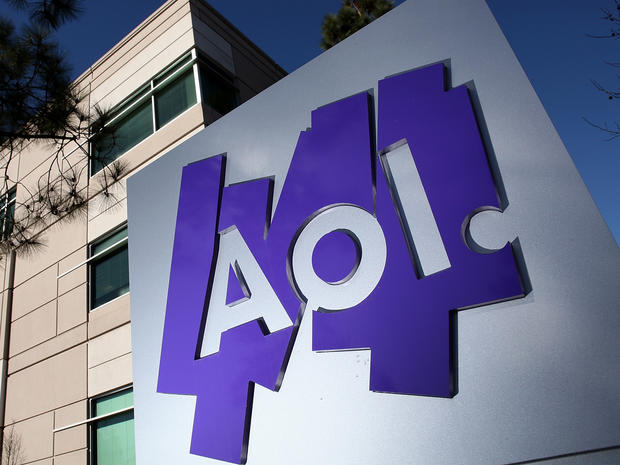11 companies that were left for dead and survived
Remember when Polaroid was expected to die?
The company filed for bankruptcy in 2001, and while it had been a household name for decades, few thought the brand could make it in the age of digital photography. Polaroid was written off as a relic whose technology was soon to be eclipsed by phone cameras and premium SLRs.
But like Jell-O salad and mutton-chop sideburns, Polaroid continues to survive predictions of its demise. Taylor Swift is giving away Polaroid photos to fans who buy her upcoming album on disc, and last month the company debuted the Cube, a tiny $100 camera that can take still shots and record high-definition video.
Polaroid isn't back in fighting shape yet, but it's trying. It joins a list of companies making surprising comebacks long after nearly everyone had written them off.
Read on for 10 more companies still kicking after being left for dead.
Best Buy
This electronics retailer was expected to be put out of business by Amazon.com (AMZN) and other retailers.
Shoppers were making a habit of scoping out products at Best Buy and then going home and purchasing them online. Circuit City and Tweeter are long gone, and critics suspected Best Buy (BBY) would follow suit. But CEO Hubert Joly pulled off the unthinkable, cutting hundreds of millions of dollars in costs while at the same time matching the prices of online rivals.
The chain has benefited by a consumer shift to ever-larger televisions. That's one product that people aren't keen on buying online and having shipped to the front door.
Investors are still unsure about the company, however. Although its stock has been climbing lately, shares are still down 16 percent this year.
J.C. Penney
In some ways, the company had nowhere to go but up after the disastrous tenure of former CEO Ron Johnson. But this retailer's comeback is still on shaky ground.
Penney (JCP) has reported strong sales gains this year after reaching back into an old bag of tricks that included heavy promotional events and a broad reliance on its own in-house brands. Johnson, who was ousted as CEO in 2013, tried to ease back on promotions in favor of everyday low pricing. He also favored fancier brands over in-house labels, and customers revolted.
Penney is now generating more cash from sales than it uses on operations, a move that investors have rewarded. Shares have climbed past $9 after falling to nearly $5 in February.
Garmin
This company watched as two fiercely competitive giants -- Apple (AAPL) and Samsung -- move into its main product areas of GPS systems and wearable fitness gear. That alone was enough for some investors to jump ship. Garmin (GRMN) regularly ranks on the list of the most-shorted Nasdaq stocks, even though shares are up more than 13 percent this year.
The company has smartly shifted away from GPS systems to gadgets for fitness fans and outdoor enthusiasts, with its Vivofit tracker bands and an action camera that seeks to rival those from GoPro (GPRO). But Garmin needs to stay on its toes: Soon it will see new threats from fitness-focused smartwatches due out from Apple and Samsung.
BlackBerry
Like J.C. Penney, BlackBerry (BBRY) is just heading down the road to recovery. It's got a long way to go before its turnaround can be called a success.
Still, the company is making progress. It unveiled its latest phone, the Passport, last month to mixed reviews. The new phone has a square screen that the company says is ideal for business use. After trying, and mostly failing, to compete with the iPhone and Google's Android platform for the consumer market, BlackBerry is turning its focus to the business users that were once its most die-hard fans.
TiVo
The company pioneered the digital video recorders that are commonplace now, but many thought it could never survive the competitive onslaught from Comcast (CMCSA), DirecTV (DTV) and other cable and satellite providers.
Yet TiVo (TIVO) kept plugging away, forming business relationships with rivals instead of taking them on, and said in August its global subscriptions jumped 33 percent from a year earlier to 4.8 million. Revenue grew 12 percent in its last reported quarter to $112 million.
The company continues to pursue the "wow" factor with its products, and is developing the TiVo Mega box with a jaw-dropping 24 terabytes of recording space. It's expected to become available early next year for about $5,000. But shares of TiVo have been rocky for the last year, ranging between $12 and $14.
Avon
The cosmetics company is trying to stay afloat in very rough waters. Avon (AVP) shares have plunged since last November to the $12 range, near their 52-week low. It didn't help that the company's chief financial officer left last month to join energy company Baker Hughes (BHI).
The company has been nagged by allegations of bribery in China, and earlier this year agreed to pay $135 million to resolve a U.S. probe into the issue. It's trying to revive business with a new emphasis on technology and e-commerce, but that effort is stumbling as revenue continues to decline.
Still, some analysts say you shouldn't dismiss the company. That's because the Avon brand is still powerful, and it's doing business on a global scale that other cosmetics companies can only dream of.
Herbalife
Rarely does a company get dragged into a bare-knuckle billionaire brawl the way Herbalife (HLF) has over the last two years. The multi-level marketing company sells nutrition and weight-management products, with sales of $4.8 billion in 2013.
Hedge fund manager Bill Ackman took a $1 billion short position in Herbalife, betting its stock would go down, and then proceeded to publicly bash the company as a pyramid scheme. The company has a better business recruiting new distributors than it does actually selling products, Ackman has claimed.
Herbalife has denied Ackman's charges, and became caught in a billionaire row when activist investor Carl Icahn became its biggest shareholder. Ackman and Icahn had an explosive debate about the stock on cable television last year. Shares topped $80 in January, but have since fallen to around $43.
Crocs
Crocs (CROX) shoes have been viewed as a fashion anomaly, one that was headed to the graveyard once anyone who wasn't a toddler or a gardener came to their senses. "The mere mention of the ubiquitous shoes has anyone with an iota of style cowering at the back of their wardrobe," wrote The Daily Mail last year.
But the company is transforming its lineup to shift away from the rubber clogs to shoes that one could actually wear around town. The company now sells eye-catching wedges and unexpected heels. Crocs is closing stores to cut costs and keep profits alive.
The company is also sitting on a mountain of cash -- some $409 million as of the end of June. That should be a solid buffer to help it through some bumps in the road. At least the company still has a fan in celebrity chef Mario Batali. He ordered 200 pairs of orange Crocs last year when he found out the color was getting phased out.
Xerox
Although the company is nearly a household name, Xerox (XRX) has given investors headaches for decades. The brand was so synonymous with copying that its name was used a verb with the same meaning: "Can you Xerox this for me please?"
The downside? Investors thought Xerox was a one-trick pony with little else to offer besides a copy machine. But now Xerox is on its way to becoming a business services company a la IBM (IBM), and most of its revenue now comes from service deals. Shares have risen 25 percent since February to around $13.
AOL
This company has been blindsided several times. First, it relied too much on its legacy dial-up business as rivals stormed into digital media and advertising. Then it bought Time Warner in 2000, a move CEO Tim Armstrong recently called "the worst merger in history."
Under Armstrong, the company has made strides in advertising, though it lags far behind industry leaders Google (GOOG), Yahoo (YHOO) and Facebook (FB). The company sharply cut costs after its 2009 spinoff from Time Warner. Then it bought The Huffington Post in 2011 to invigorate its traffic numbers. Investors have slowly pushed the stock up from $35 two years ago to the $43 range today.
And don't forget those dial-up users. They're still around, with some 2.3 million of them still connecting through their screeching modems, paying an average $20.86 per month. In fact, those dial-ups contributed an amazing $143 million in operating profit in its second quarter.

